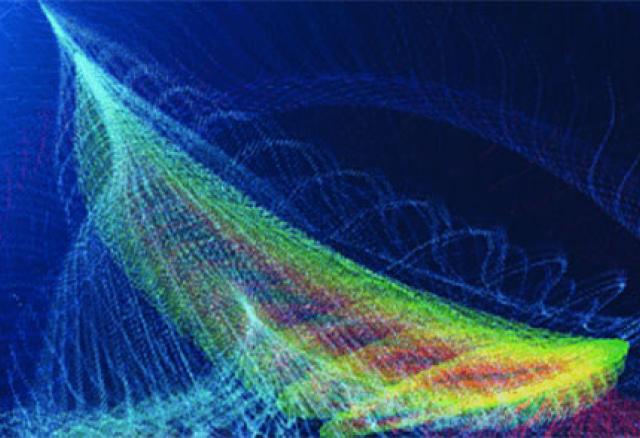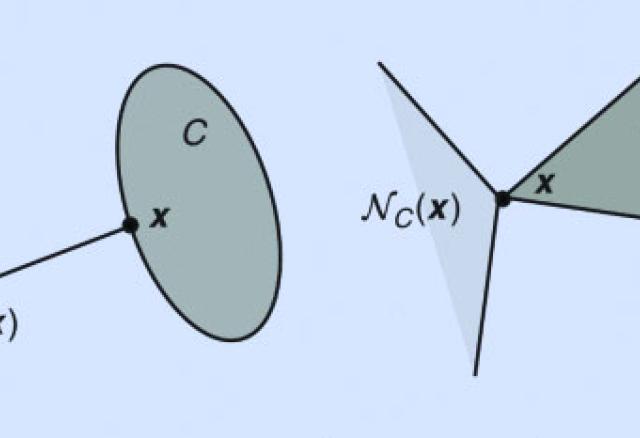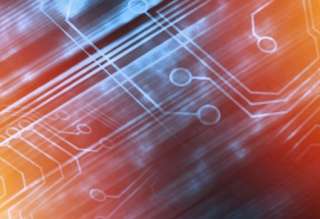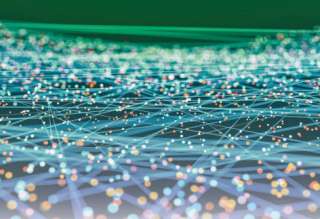Adaptive Stochastic Optimization: A Framework for Analyzing Stochastic Optimization Algorithms
Optimization lies at the heart of machine learning (ML) and signal processing (SP). Contemporary approaches based on the stochastic gradient (SG) method are nonadaptive in the sense that their implementation employs prescribed parameter values that need to be tuned for each application. This article summarizes recent research and motivates future work on adaptive stochastic optimization methods, which have the potential to offer significant computational savings when training largescale systems.










